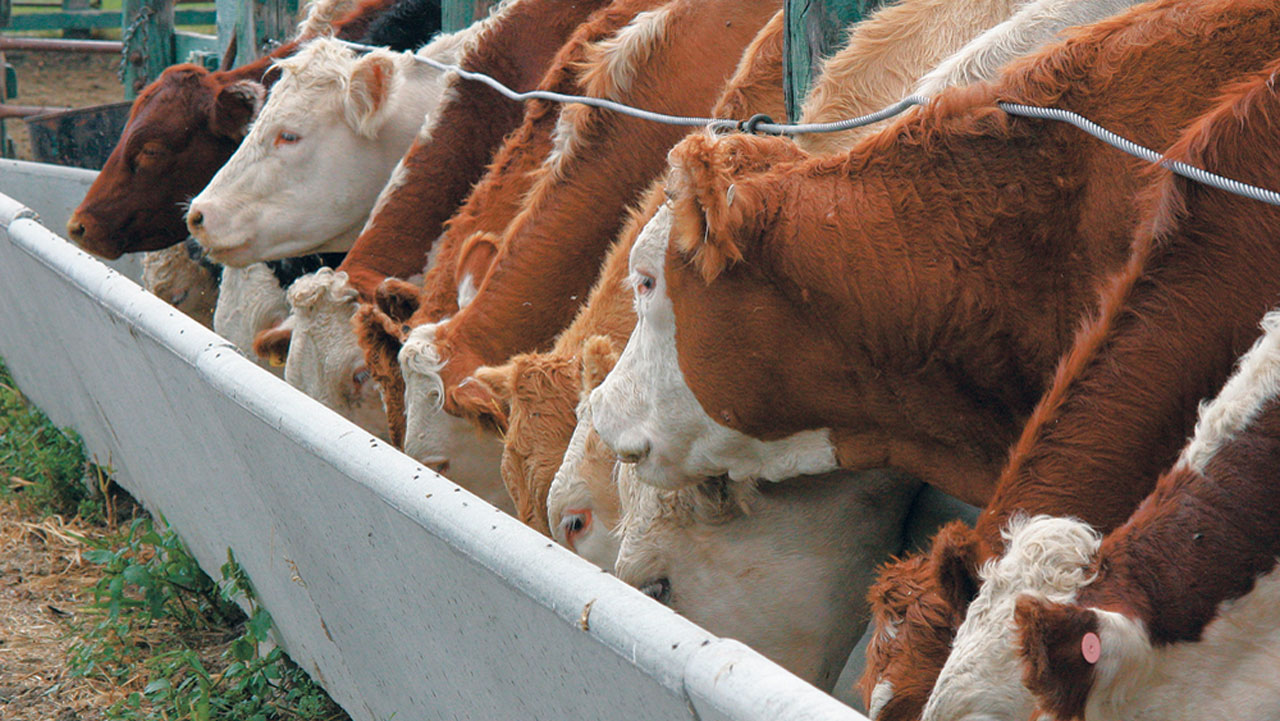Multi-peril insurance coverage for food and cash crop production has been identified as one of the ways to minimise losses of farmers and get them back to business, as farms are ravaged by droughts, floods, herders, and other disasters which have threatened food sufficiency and discouraged thousands of farmers.
Cases of farm destruction by the flood have been reported in Taraba, Kebbi, and Benue states in the last few weeks, where grains were submerged, flushed away, and in some cases, lives were lost.
In addition to flood, elongated ‘August break’ from July to early September, longer than the 25-day period predicted by the Nigerian Meteorological Agency (NiMet), has also dealt a devastating blow to crops and expected produce.
Flooding has displaced more than 15,000 people in states like Kaduna, Katsina, Sokoto, Kebbi, Benue, Taraba, and Zamfara, where massive farm produce worth billions were said to have been lost.
President Muhammadu Buhari has expressed concerns and made a promise to compensate farmers in Kebbi State in particular, farm and insurance professionals have advocated massive awareness of farmers about the benefits of taking insurance covers for their farms as business entities.
Senior Special Assistant on Media and Publicity, Garba Shehu, had disclosed that: “With the loss of six lives and still counting, thousands of hectares of land flooded and estimated economic losses of more than N1 billion by rice farmers in Kebbi State, we face a major setback in our efforts to boost local food production.”
He added: “I am particularly sad over this incident because it’s a setback to our efforts to boost local rice production as part of measures to stop food importation.”
The 2020 Seasonal Rainfall Prediction (SRP) of NiMet early in the year predicted that “Severe dry spell that may last 10 to 18 days is predicted over Niger, Bauchi, Jigawa, Sokoto, Zamfara, Katsina, Kano, Kebbi, Yobe and Borno in the month of June.”
It added that a moderate dry spell that might last eight to 12 days was expected around Yelwa, Bida, Minna, Zaria, Funtua, Lafia, Bauchi, Abuja, Gombe, and Yola in June 2020.
NiMet forecast says: “In the year 2020, the severe effect of the little dry season is expected over the coast of Lagos, Ijebu-Ode, Ibadan, Akure, Shaki, Iseyin, Ilorin, and Ado Ekiti.”
The length of days with relatively dry spells, the agency added, was expected to last between 10 and 25 days in places like Abeokuta, Osogbo, Shaki, Iseyin, and Ilorin, with more than 50% chance of occurrence while the coast of Lagos, Ikeja, Ibadan, Ijebu-Ode and Akure could have dry spells above 30 consecutive days in a worst-case scenario.
But the break lasted for approximately two months, covering states in more than three geo-political zones of the federation, which indicated the effects of climate change on agriculture and food availability.
Sporadic farm destruction by itinerant herdsmen is still recorded in almost all the states of the federation, particularly in food crop production zones of north-central, among which are Taraba, Nasarawa, Benue, Kaduna, Plateau, and Niger states. Farmers have lost not only their products but also sometimes, their lives in clashes emanating from crop destruction.
Mitigating losses with agro-insurance
Based on its 2020 forecast released earlier, NiMet had warned that “farmers are advised to … adopt risk management techniques like insurance; adopt climate smart agriculture (improve productivity, build resilience and reduce emission) such as soil and water conservation, water harvesting techniques and supplementary irrigation during the dry spell.”
The forecaster also urged authorities concerned to facilitate the provision of early maturing and drought-resistant varieties to guard against the risk of crop failure and poor yield, saying, “The use of weather climate information is encouraged throughout the agricultural value chain.”
Also harping on insurance, Head of Agriculture, Leadway Assurance, Mr Ayo Fatona, advised farmers in the country to embrace multi-peril crop insurance policy following risk factors from man-made and natural disasters.
The policy would ensure farms against the risks of physical loss or damage to crops caused directly by the perils such as fire, lightning, aircraft damage, windstorm damage, flood, an outbreak of pests and diseases, and drought.
The standard coverage provided by the policy, he explained further, would pay for the production costs of crops that have been lost or damaged during the period from planting up to the maturity of the crop.
For an additional premium, farmers may also purchase coverage extensions. An extension increases the coverage a farmer receives and would compensate him for the market value of the crops that are lost or damaged during harvest.
Explaining the premium rate for the standard coverage (without extensions), he said such ranges from 3.25% to 4.50% of the production costs.
Rates are also determined by the scale of the farm and good management practices emplaced by the farmer. The cover provided is from germination to physiological maturity of the insured crops which might range from three to 12 months. The applicable rate, therefore, covers the life cycle of the insured crop.
Experts also said paying premiums could be made monthly or annually and underwriting requirements include providing details about types of crop, size of the land to be cultivated for each crop, expected planting date, the physiological life span, loss experience (three to five years), cost of production per hectare/acre, yield data and expected yield.
Similarly, the National Agricultural Insurance Corporation (NAIC) has disclosed that it ensures agriculture across the value chain, covering risks associated with primary production, transportation, secondary production, and storage.
Specifically, Managing Director of NAIC, Mrs Folashade Joseph, explained to the Guardian that perils covered by crops policy are fire, lightning, windstorm, flood, drought, pests/diseases, and invasion of the farm by wild animals.
NAIC boss, however, clarified that losses as a result of negligence or wilful damage are not covered by the corporation.
“Similarly, political risks and losses resulting from social risks like riots, mutiny, revolution are not covered under the scheme,” she added.
Giving more explanation, Joseph said the livestock policies cover death or injury caused by accident, disease, fire, lightning, storm, and flood. Losses resulting from malicious/wilful injury, neglect, unskilled treatment, theft, and malicious disappearance are not covered, she added.
She added that almost all crops and livestock items obtainable in the country are covered by the corporation and that the corporation maintains a branch office in each state of the federation, and so farmers should reach out for cover.
“The farmer will need to complete the proposal form, after which NAIC will carry out a pre-inspection visit to the farm to assess it. Once the farm is assessed, the premium payable would be communicated to the farmer. After the premium has been paid, the policy would be issued. It is as simple as that,” she explained.
Meanwhile, President, All Farmers Association of Nigeria (FAN), Mr Kabir Ibrahim, has urged members of the association to embrace insurance for their farms and processing facilities.
“We are encouraging the farmers to safeguard their investments by insuring them against calamities like flooding, pests, diseases, droughts as well as any unforeseen occurrence. With the recent experiences, everyone is alert to the need for this,” he said.
Kabir said the association’s efforts to encourage insurance had been met with some pockets of resistance naturally, saying, “but it is dawning on everyone that it is prudent to do that as other government compensation efforts are not necessarily sustainable or even adequate to enable them to go back to their businesses.”
He advised farmers that insurance is the best get way to enable them to go back to business, just as he disclosed that AFAN had been in discussion with NAIC to facilitate fleet insurance for over 40 million members of the association, saying the corporation is favorably disposed to the partnership because it is cheaper to insure farmers in large numbers.
“To firmly and sustainably mitigate these losses, the farmers are on their part already talking with NAIC to insure all their agricultural investments, going forward,” Kabir said.






